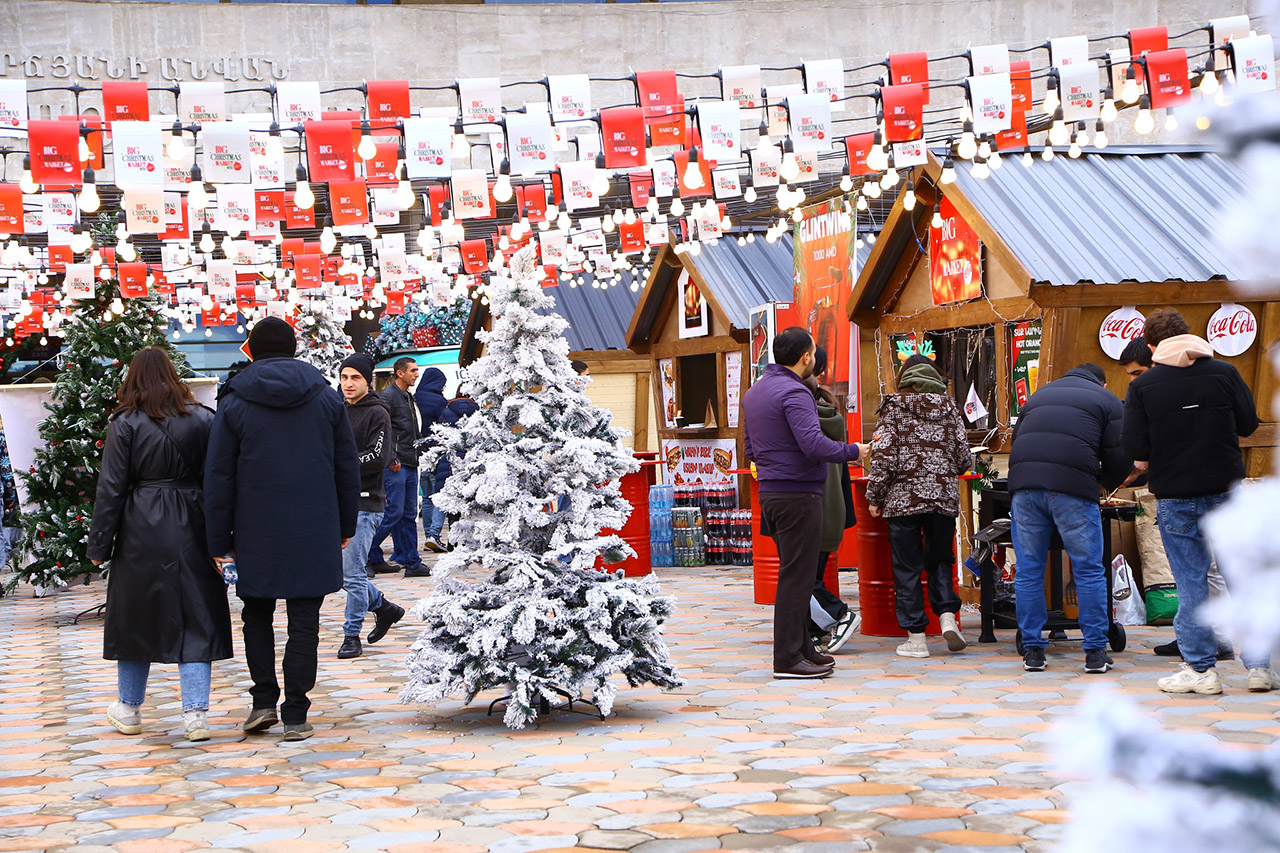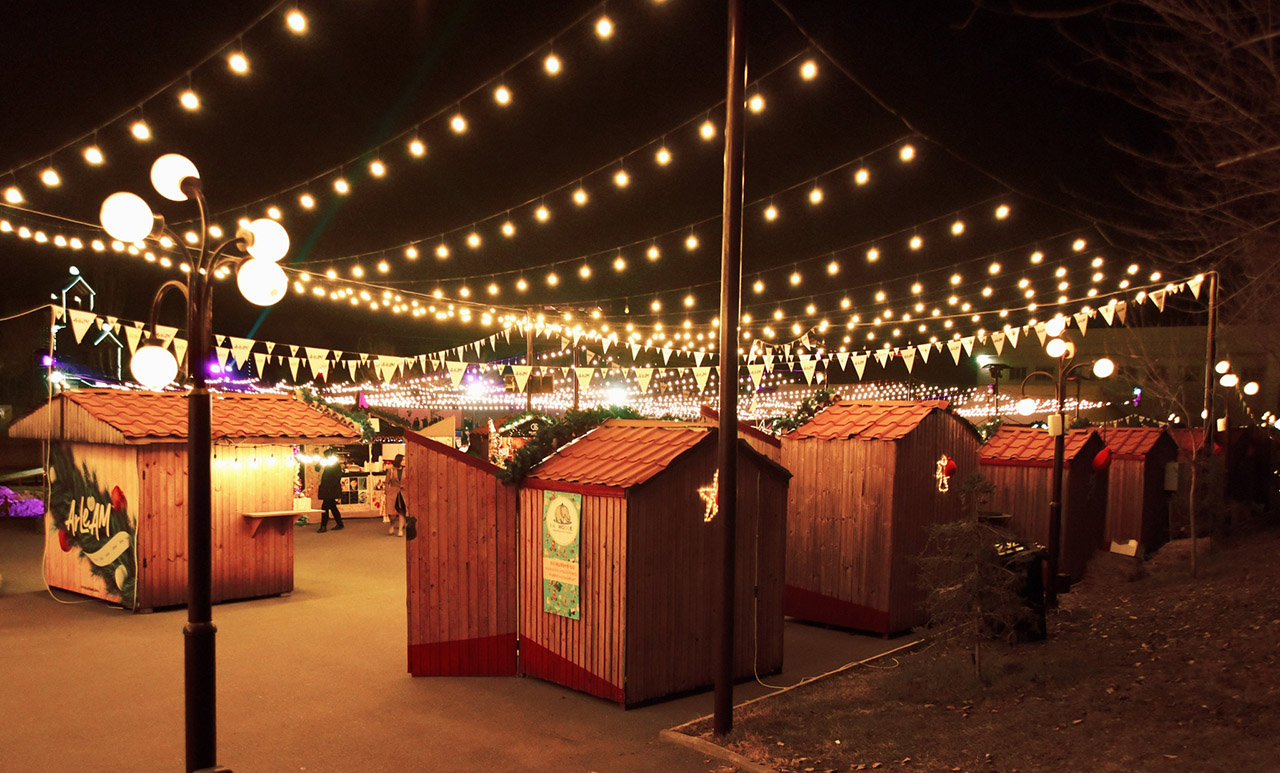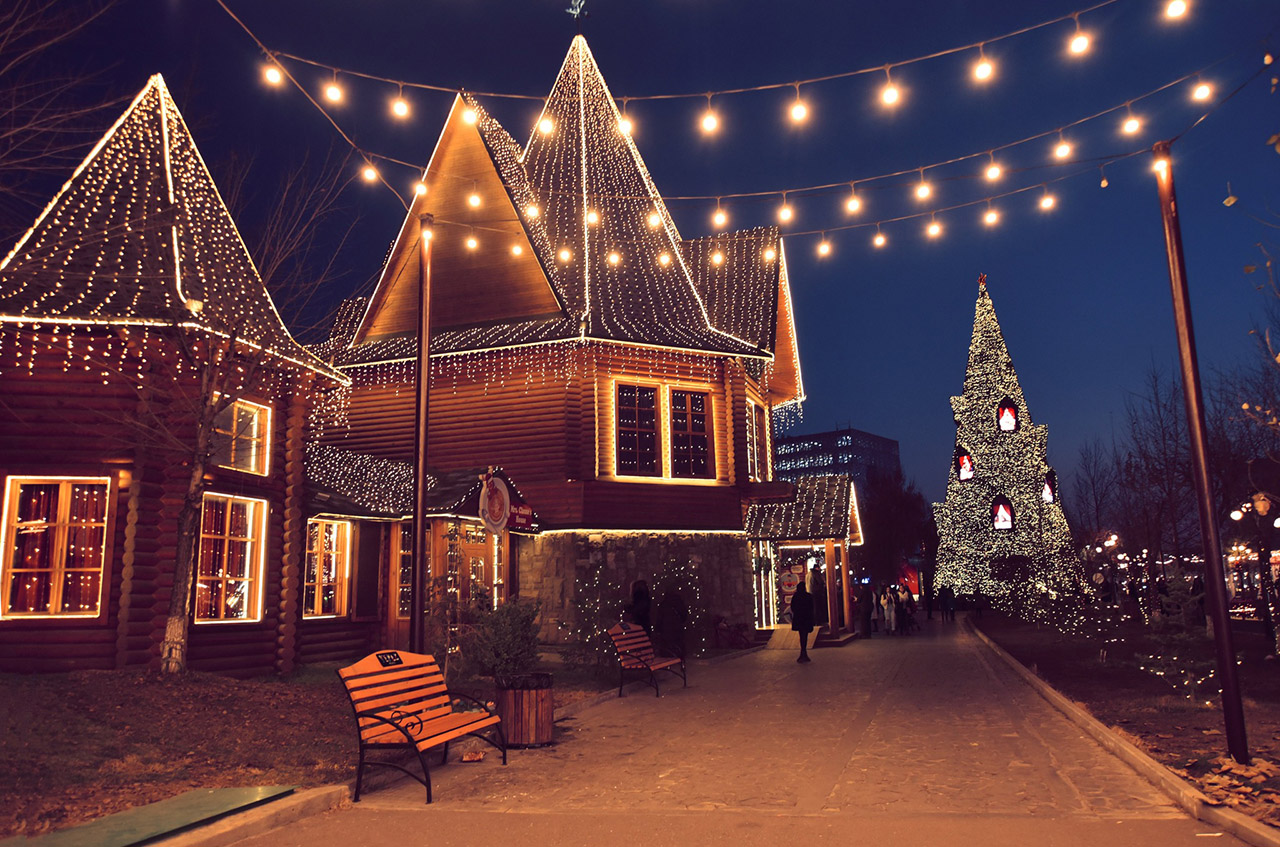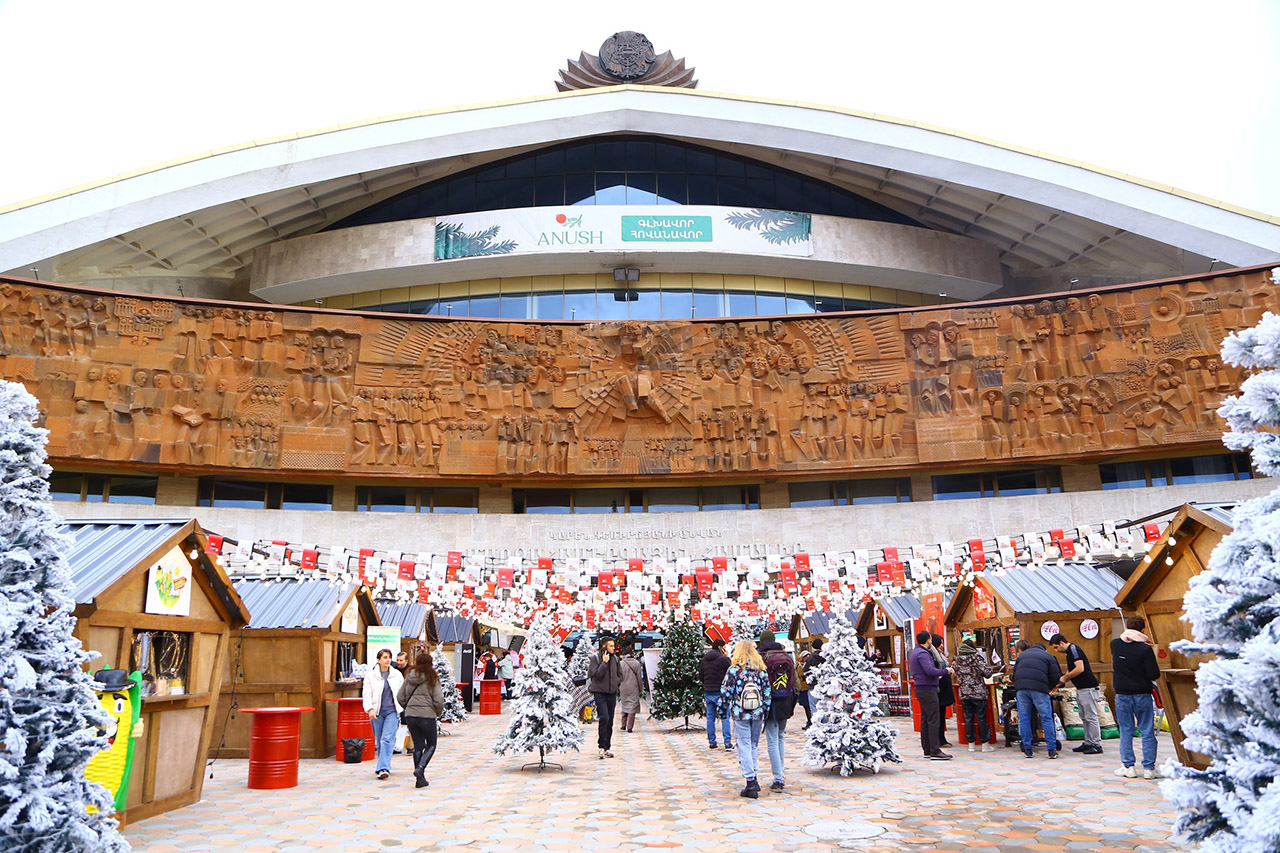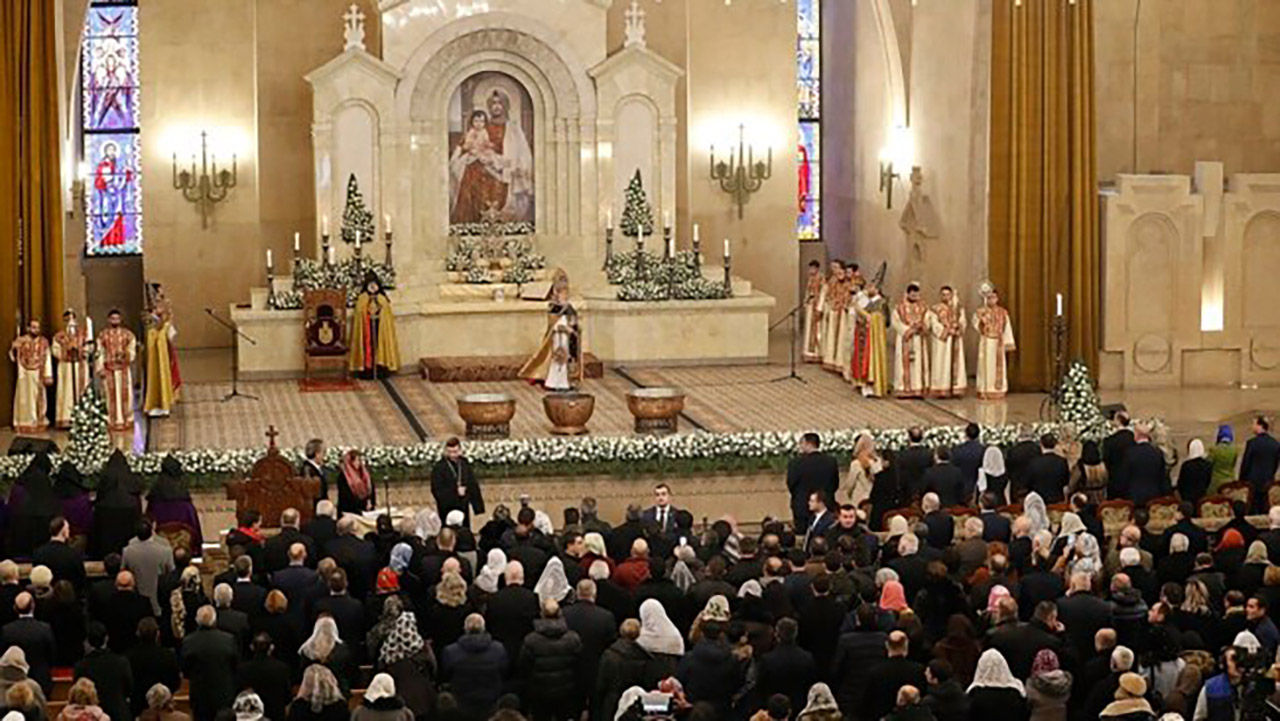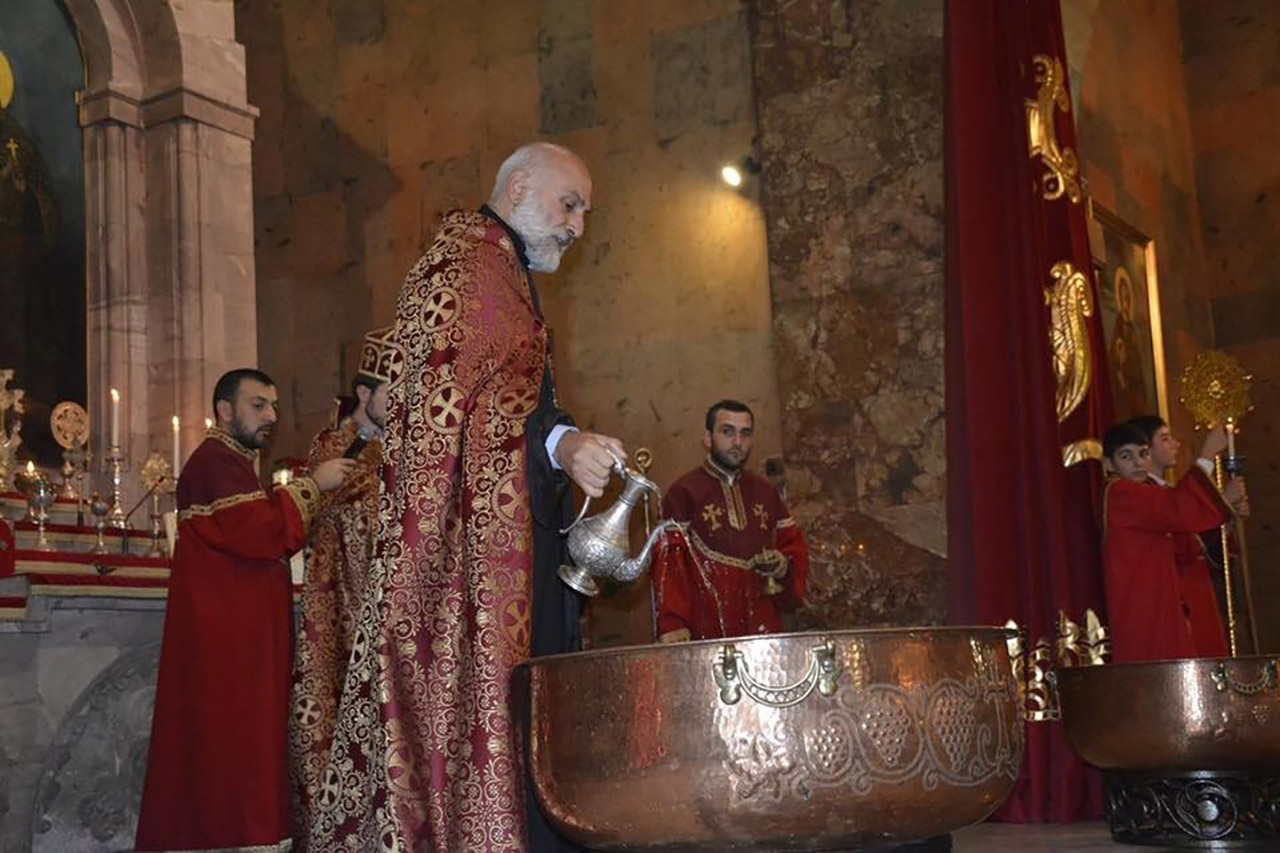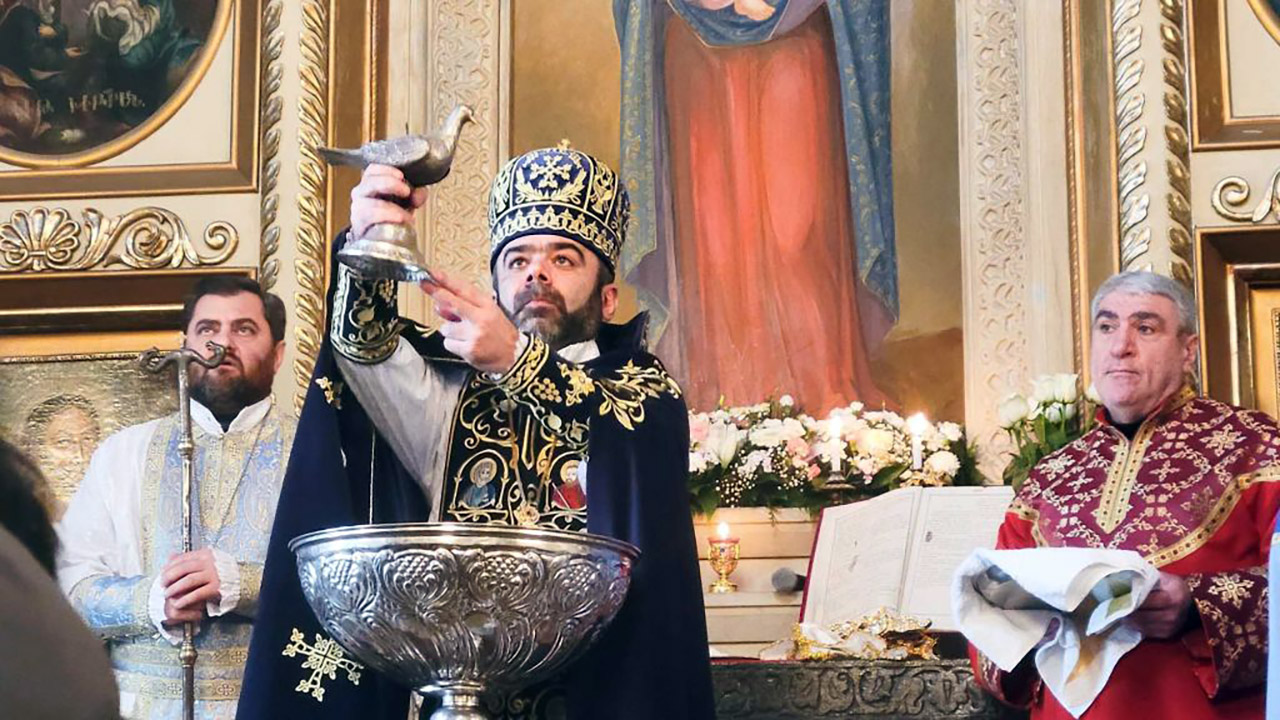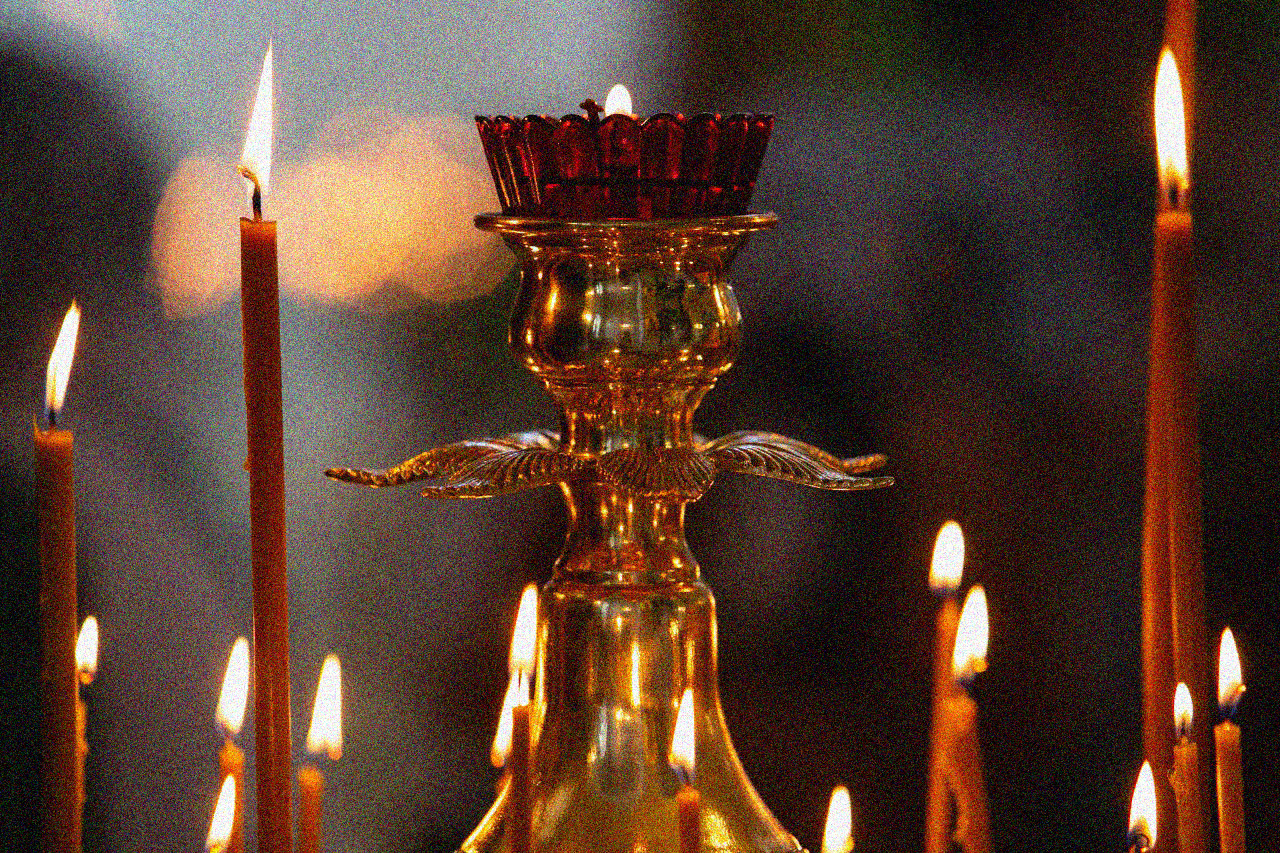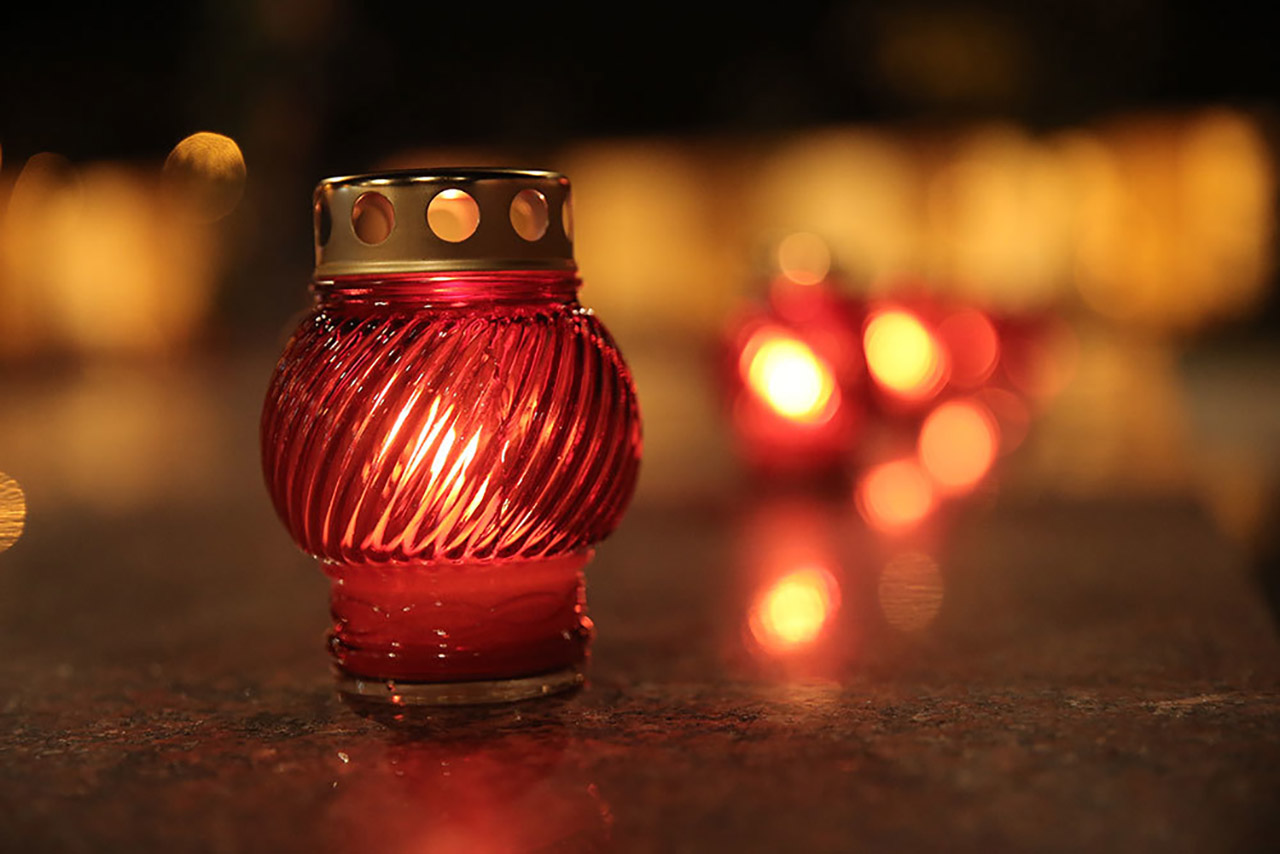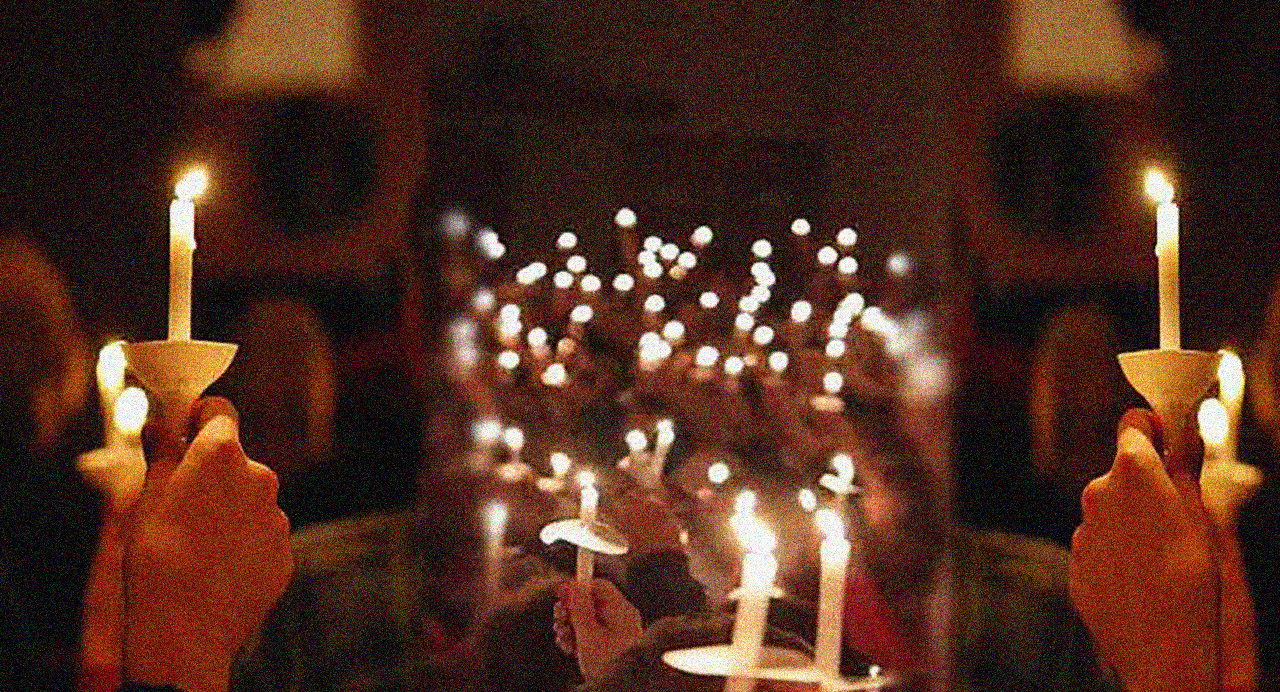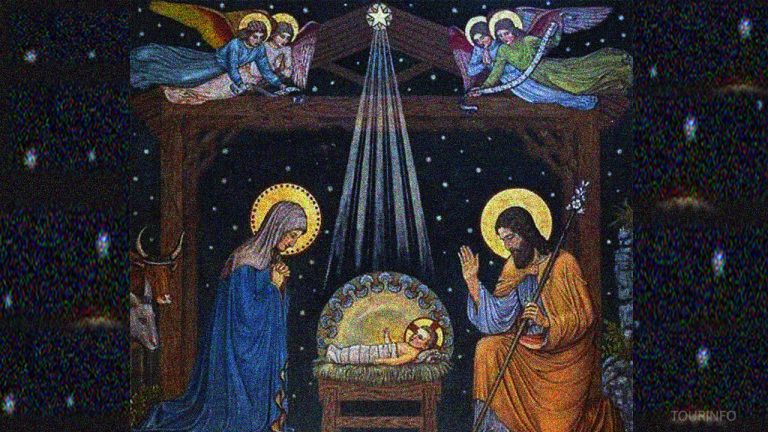
TOURINFO-January 2024-Armenians hold a remarkable place in history as the first nation to embrace Christianity. In the early 4th century, around 301 AD, King Tiridates III of Armenia officially adopted Christianity as the state religion, marking Armenia as the inaugural Christian nation. This pivotal moment is attributed to the tireless efforts of Saint Gregory the Illuminator, who played a crucial role in spreading Christianity throughout the region.
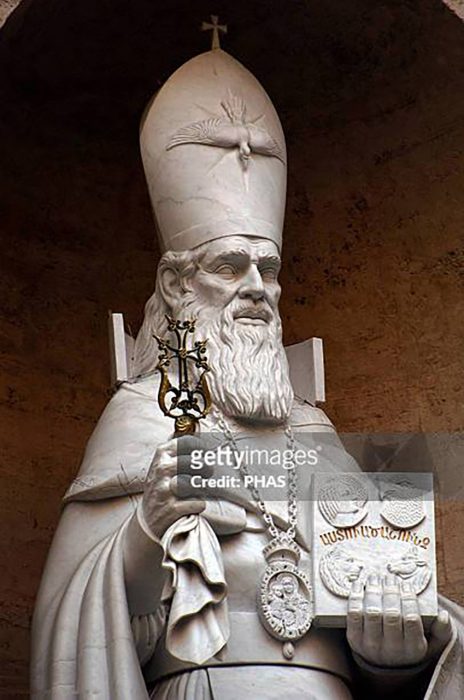
The conversion of Armenia to Christianity has left an indelible mark on the country’s cultural identity and traditions. The Armenians’ unwavering commitment to their Christian faith is not only evident in their religious practices but also in the way they joyously celebrate significant Christian events, particularly Christmas. The enduring connection between Armenia and Christianity adds a unique layer of significance to the country’s Christmas celebrations, reinforcing the rich historical and religious tapestry that defines Armenian culture.
“Armenian Christmas,” locally known as Astvadz-a-haytnootyoon, also recognized as Theophany or Epiphany, is a festive season in Armenia that intricately combines celebrations related to Christ’s Incarnation. The culmination of events includes the Nativity of Christ in Bethlehem and His Baptism in the River Jordan, both commemorated on January 6th in the Armenian Church. The central theme of this season is the “revelation of God,” highlighted by a beautiful ceremony called the “Blessing of Water” to honor Christ’s Baptism.
Armenians uniquely celebrate Christmas on January 6th, a tradition dating back to the early Christian era when all Christian churches observed Christ’s birth on this date. The later shift to December 25th in other Christian traditions aimed to supplant a pagan feast dedicated to the birth of the Sun. However, Armenia, untouched by such pagan practices and independent of Roman Catholic influence, has steadfastly maintained its tradition of celebrating Christmas on January 6th.
Leading up to Armenian Christmas, some Armenians observe a week-long fast, reflecting a global Christmas tradition. The celebrations echo worldwide festivities with family dinners, traditional Armenian recipes, games, and heartfelt gift exchanges. A symbolic act involves bringing Christmas fire from churches to homes, believed to bless families and bring success.
For Christmas, women often prepare a special menu, including rice with raisins, fish, ghapama (a traditional Armenian pumpkin dish), and gata (sweet bread) with a hidden coin. The Armenian Apostolic Church not only celebrates the birth of Christ but also the Epiphany, remembering the Wise Men’s visit and the Baptism of Jesus.
The 5th of January is Christmas Eve in Armenia, known as Jrorhnek, as Armenians celebrate Christmas on the 6th of January. In the evening, Armenians attend church, light candles, and bring them home, symbolizing the arrival of God, after which they prepare everything for the feast.
The Christmas Eve meal is called khetum. Since it ends the fasting, khetum usually consists of lighter dishes such as rice, greens, a yogurt-based wheat soup called tanabur, dried fruit, and nuts. Wine is drunk as a symbol of the blood of Jesus.
 On January 6, people head to churches to commemorate the Epiphany, the baptism of Jesus in the Jordan River. As part of the liturgy, priests consecrate water for parishioners to take home to cleanse their bodies and bless their households.
On January 6, people head to churches to commemorate the Epiphany, the baptism of Jesus in the Jordan River. As part of the liturgy, priests consecrate water for parishioners to take home to cleanse their bodies and bless their households.
In Armenia, Santa Claus is known as Kaghand Papa or Dzmer Papik, associated with New Year’s Eve festivities. “Shnorhavor Amanor yev Surb Tznund” is the Armenian greeting for a Happy/Merry Christmas. Republic Square in Yerevan sees a magnificent Christmas Tree erected at the beginning of December.
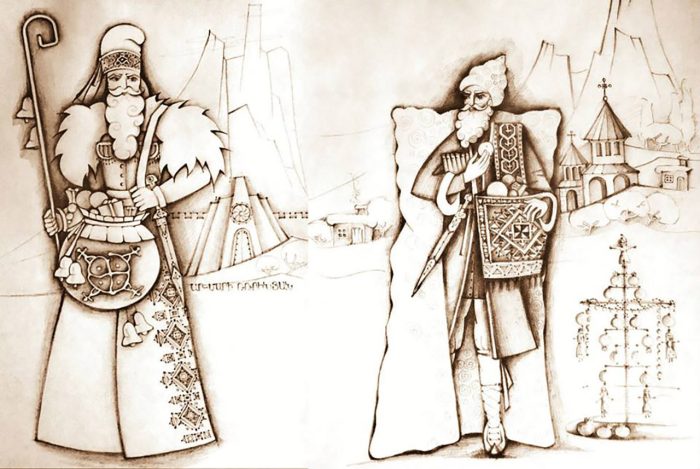
 Favorite holiday foods include Anooshaboor (Armenian Christmas Pudding), Khozee bood (glazed ham), and an abundance of dried fruits. Homes are filled with sweets, as Armenians are ready to welcome anyone who might knock on their doors for a festive gathering. The unique blend of religious traditions, festive rituals, and culinary delights makes Armenian Christmas a vibrant celebration.
Favorite holiday foods include Anooshaboor (Armenian Christmas Pudding), Khozee bood (glazed ham), and an abundance of dried fruits. Homes are filled with sweets, as Armenians are ready to welcome anyone who might knock on their doors for a festive gathering. The unique blend of religious traditions, festive rituals, and culinary delights makes Armenian Christmas a vibrant celebration.
On January 7, people honor their deceased relatives by visiting their tombs, adorning them with flowers, and leaving Christmas foods near the graves as offerings. They also recount stories of their loved ones, raising toasts in their memory, and fostering a connection between the living and the departed.
 Քրիստոս ծնավ և հայտնեցավ,
Քրիստոս ծնավ և հայտնեցավ,
Մեզ և ձեզ մեծ Ավետիս,
Օրհնյալ է հայտնությունը Քրիստոսի:
Christ was born and revealed
Great tidings to us and you,
Blessed is the revelation of Christ.
Juanita Mouradian-TourInfo


